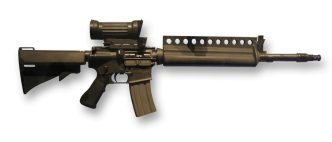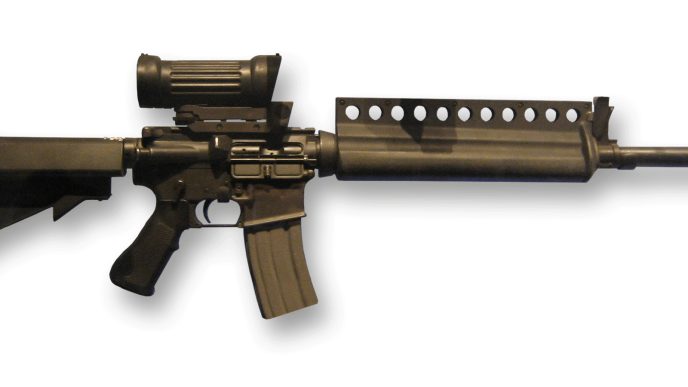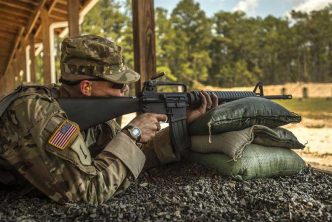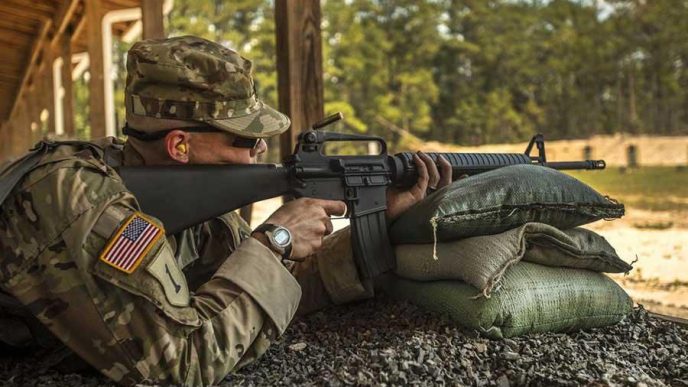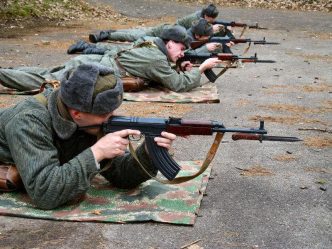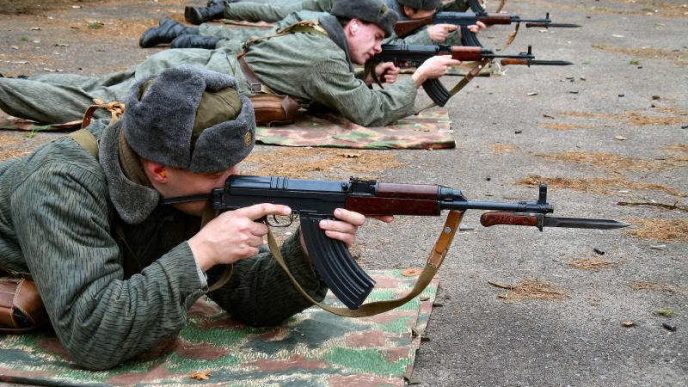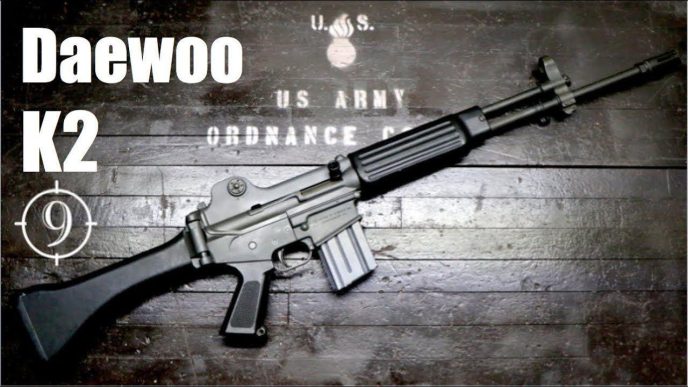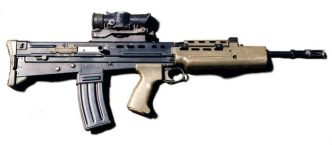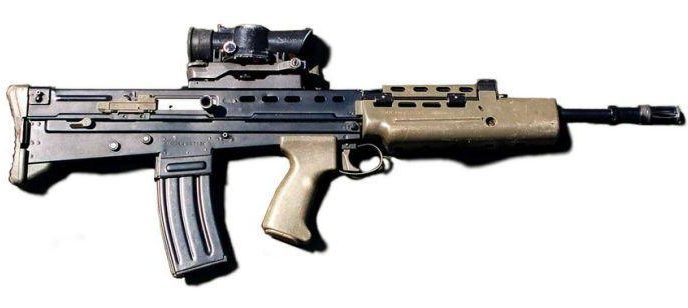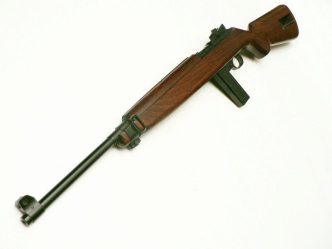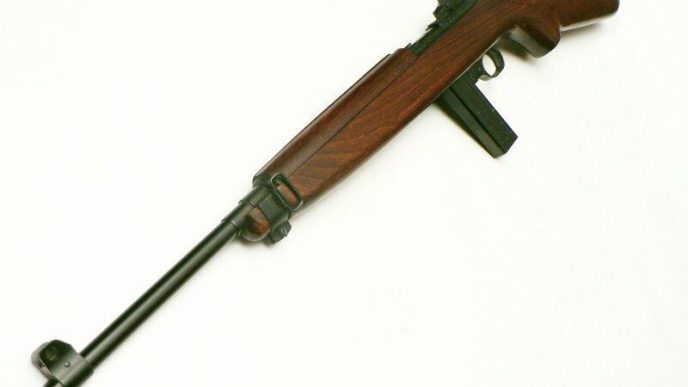CETME Model L rifle development started in the late 1970s in CETME. It is the Spanish government research and development establishment, and in the early 1950s, a Herr Vorgrimmler went to work there. Vorgrimmler worked for Mauser during World War II, particularly on their Sturmgewehr 45 project which was never completed, and he adapted the Mauser design to produce the first CETME rifle.
Introduction
Several countries showed interest in this, and eventually, Germans obtained a license; with some working over by Heckler & Koch it became G3. Meanwhile, CETME continued development and their 7.62 mm Model C was adopted by the Spanish Army. In conformity with the general move to smaller calibers, they have developed a 5.56 mm rifle, the CETME Model L, and this was evaluated by the Spanish Army and became their new service rifle.
The CETME Model L assault rifle was designed in 1986. The weapon was successfully trialed between 1981–1982 and approved for serial production in 1984 at the Empresa Nacional Santa Bárbara factory. The serial production started in 1986 and lasted until the end of 1991.
The CETME Model L assault rifle was the standard rifle of the Spanish armed forces from 1987-1999 as a replacement for the CETME Model C (predecessor to the German G3) and was succeeded by the modern Heckler & Koch G36 rifle.
Design
As might have been inferred from the reference to the G3 above, the CETME relies upon the same divided bolt and roller locking system as the Heckler & Koch rifles. CETME have made one important addition, though, in the form of a spring-loaded locking lever in the bolt assembly which adds resistance to the initial opening movement of the bolt. No reason has been given for this, but it is likely that the increased unit pressure on the smaller base of the 5.56 mm case led to a too-fast initial opening and stretched for blown cases.
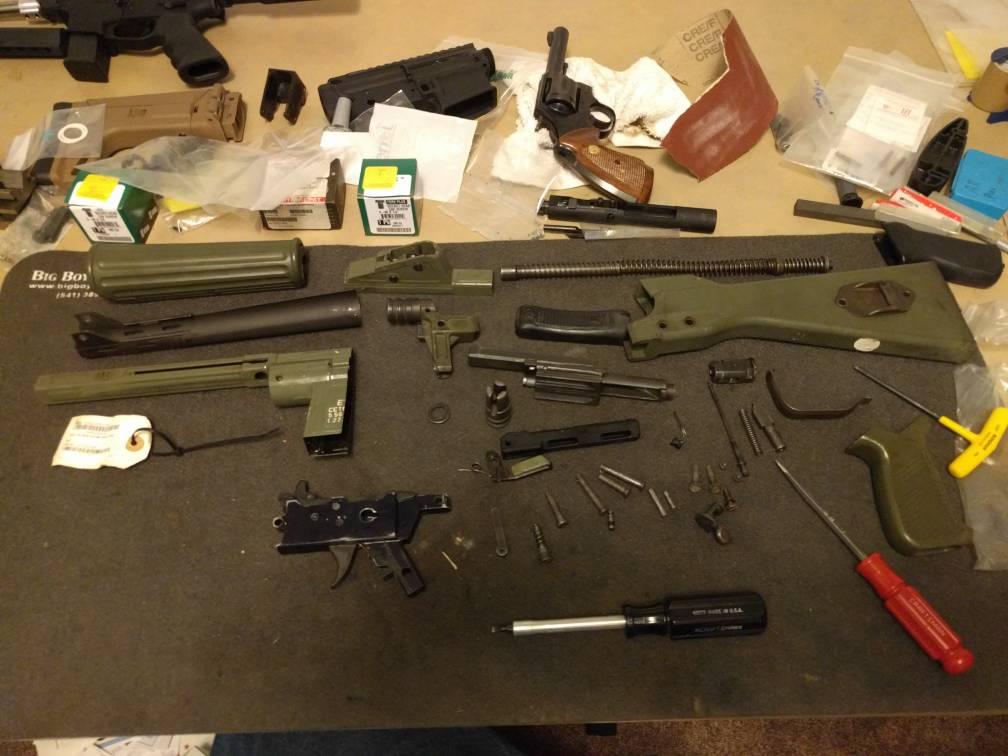
The structure of the rifle is largely plastic, with a sheet metal receiver. There is a sector that gives single shots, three-round burst fire, or full-automatic fire. The standard magazine is a 20-round model, but 10 and 30-round alternatives are available. The foresight is an adjustable post, between protective wings, and the rear sight is a rotating disc with a notch for 100m and apertures for 200, 300, and 400 meters. A mounting base is incorporated and may be used for optical or electro-optical sights.
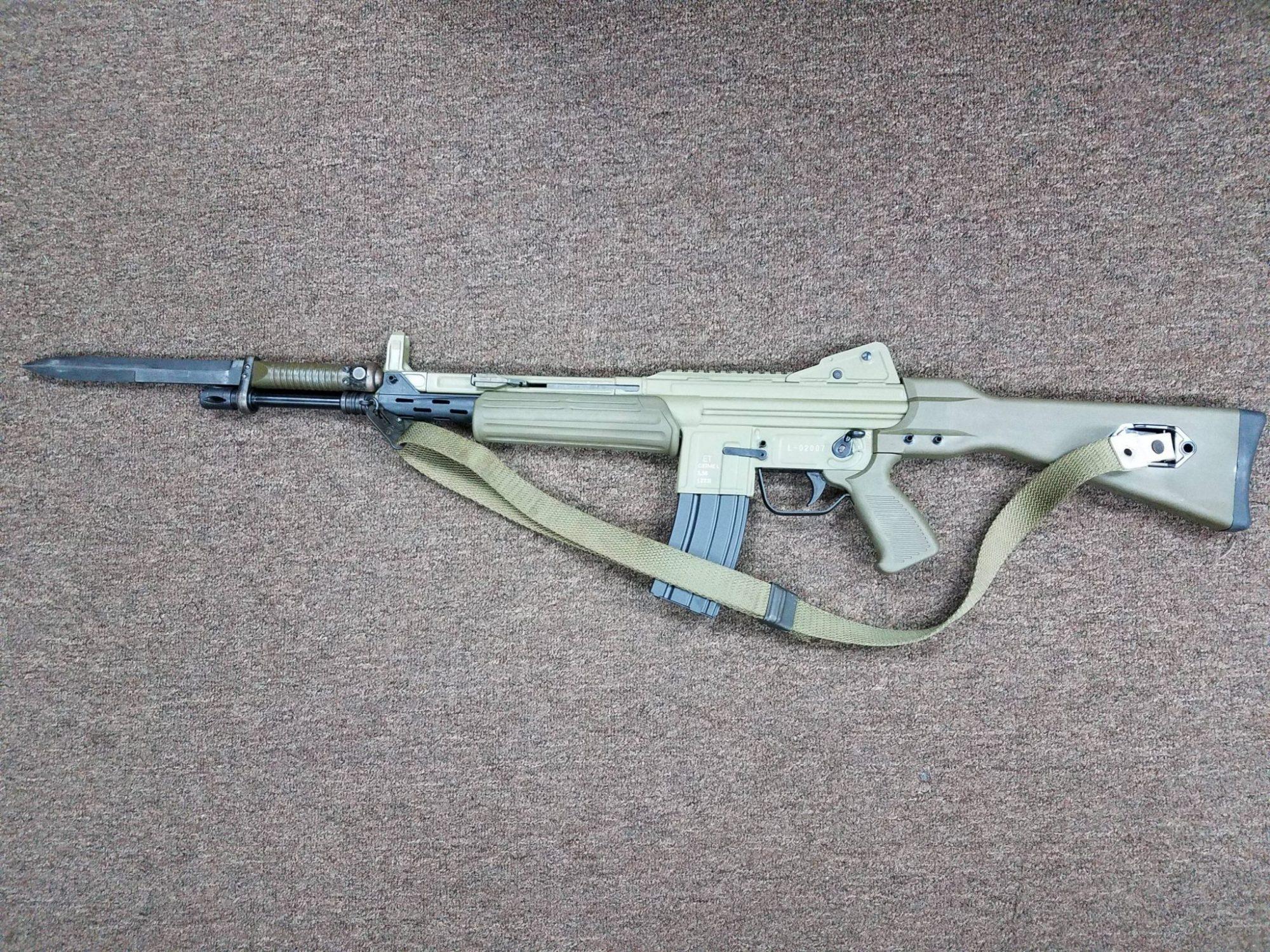
In addition to the standard rifle, there is a short model that has a 12.6 in (320 mm) barrel and a telescoping metal butt.
The charging handle is on the front left side, in the same place as an HK roller delayed guns such as a G3 and an MP5, which both share a similar heritage. The rifle disassembles using multiple non-captured push pins. When removed the stock will pull off the rear of the rifle and reveals the recoil spring.
The grip and fire control group slides out of the bottom of the stamped steel receiver. The trigger on the gun isn’t terrible but has a good deal of takeup. The bolt carrier group is extremely similar to HK roller delayed weapons, but with a slight tail that interfaces with the recoil spring.
User experience
The CETME L was considered a poor rifle overall throughout its service life, having reliability issues primarily stemming from the magazines and poor quality control, many issues came from weak springs.
Technical specifications: CETME Model L
| Manufacturer: | Centro de Estudios Tecnicas de Materiales Especiale (CETME), Madrid 46, Spain |
| Designed: | 1981 |
| Produced: | 1986-1991 |
| Type: | delayed blowback, selective fire |
| Caliber: | 5.56 mm (.223) |
| Barrel: | 15.75 in (400 mm) |
| Weight (empty): | 7.49 lbs (3.4 kg) |
| Cyclic rate of fire: | 750 rounds per minute |
| Magazine capacity: | 30 rounds |


